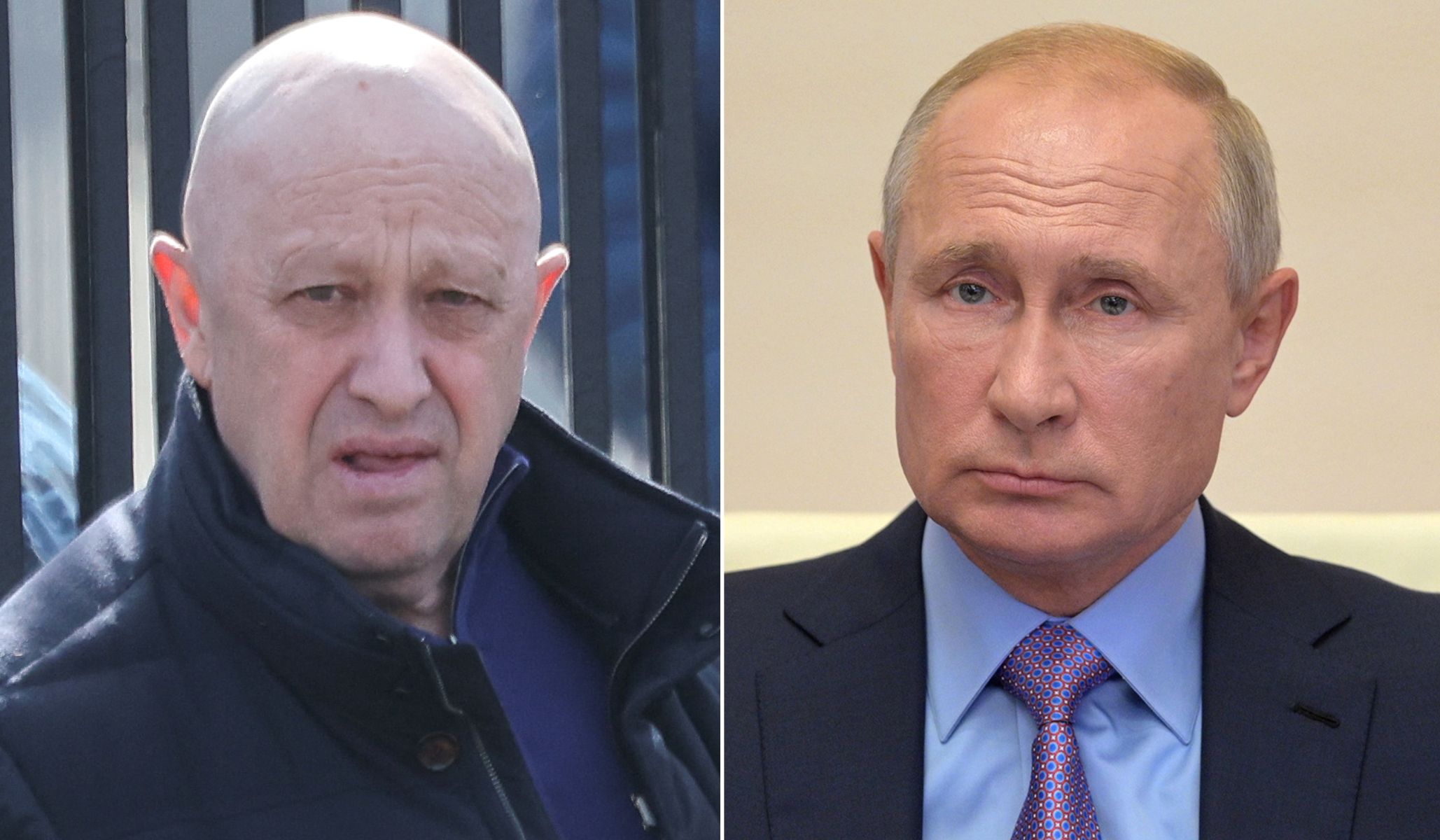
Only two months ago, Yevgeny Prigozhin, head of Russia’s private Wagner Group militia, turned his army away from Ukraine’s battlefields and trained them on Russian targets. The Wagner Group executed a stunning advance into Russian territory, sacked the city of Rostov, and advanced north toward Moscow with the stated goal of forcing Vladimir Putin, at gunpoint, to execute some personnel changes in the Ministry of Defense.
The mutiny might have been the most successful armed revolt inside Russia since the Kronstadt uprising. It was certainly the most perilous threat to Putin’s leadership during his 20-year tenure as Russia’s undisputed leader — titular or otherwise. The rebellion was put down by a series of medieval concessions to the Wagner Group: the promise of a quasi-autonomous fiefdom in Belarus and all the spoils its mercenaries could extract from the battlefields of North Africa. The rebellion and its aftermath sent a message to other private military companies in Russia that all that stand between them and their wildest aspirations are 30,000 soldiers and the will to march on Moscow. Something had to be done. And on Wednesday, Putin reestablished the pecking order in Russia in rather spectacular fashion.










